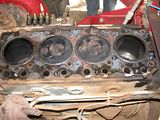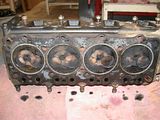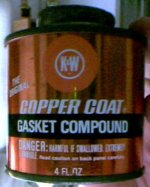Wish i saw this topic earlier to answer a few questions about the valve measurements.
One thing a lot of guys do not think about when checking valve installed specs is what is called the installed spring height. When a valve pounds into the seat the stem comes out the other side farther. Geometry is not as much of a concern as the spring installed height is because grinding the tip of the valve will not change the installed spring height. Checking installed spring height is done by installing the valve and spring retainer without the spring and measuring the distance from the bottom of the retainer to the head surface to get what the spring length would be when the valve is closed. This is important because the longer that measurement is the lower your spring pressure will be at closed position, keeping in mind the spring pressure is not linear and the closed valve position is the lowest and not too far longer it drops off fast. The adjustment is easy, you add shims between the spring and head, or in worst case, you have new seats installed and start over. But when installing new seats and grinding the angles, the amount you grind down is to get the installed spring height set. once spring height is set the other two angles are put in to get the seat width and position on the valve set but the installed height will no longer change once the main contact angle is cut.
Like I said, spring height is often ignored but very much a starting point for a proper valve job.
The measurement they were giving you was not so much for installed height as it was for piston to valve clearence. Kind of odd they had you check that though, i wouldnt think this would be that close of a clearence engine to worry about that. Did they give an installed height dimension?




